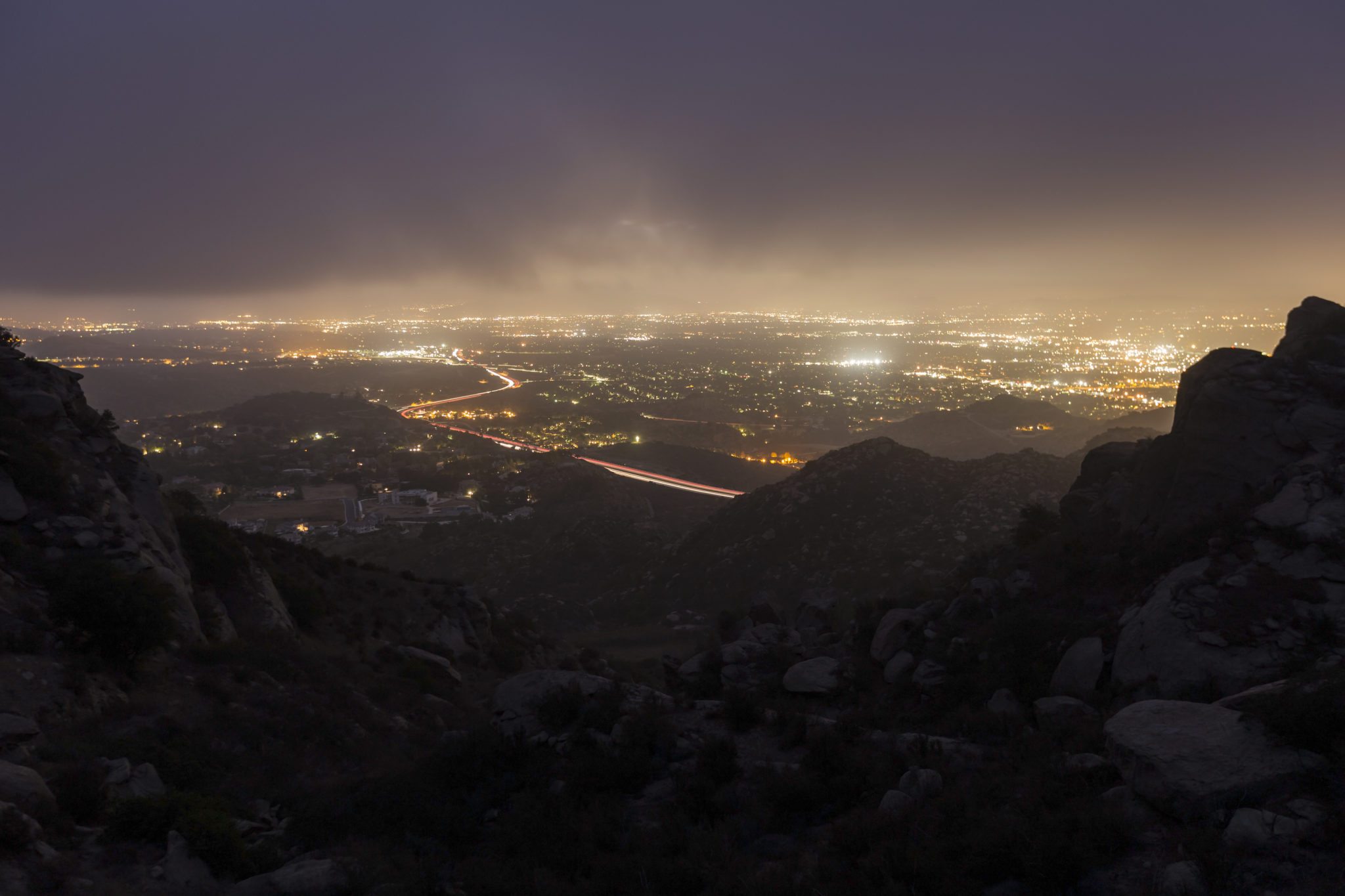By Andres Medina, P.E.
Twenty-three years ago the Northridge Earthquake shook Southern California and highlighted critical deficiencies in the existing building stock of the region. The extent of the destructive aftermath led to emergency building code changes, to prevent new construction from including the now obvious seismic vulnerabilities. Currently mandatory retrofit ordinances are in full swing in the city of Los Angeles, Santa Monica, and West Hollywood to address the buildings that still contain severe seismic deficiencies. Looking past the destruction Structural Engineers were able to gain valuable information, and insights on the real-world performance of building structural systems.
The 6.7 magnitude Northridge Earthquake struck at 4:31 AM on the Martin Luther King Jr. Monday holiday on a previously unmapped fault. Due to the timing of the earthquake, several of the buildings with catastrophic failure were lightly occupied, if at all. Regardless the earthquake still resulted in 57 deaths and 1,500 serious injuries.
The most serious damage occurred within about a 10 mile radius from the earthquake epicenter. The most deaths and loss of habitable space occurred from the collapse of wood-framed, multi-story apartment and condominium buildings. Especially vulnerable were structures with large open ground floors, which is typically used for tenant parking. The lack of ground floor lateral strength and stiffness in these buildings led to the collapse of many of the ground floors of these structures. The older buildings utilized rudimentary seismic designs. Lateral forces where resisted with stucco, plaster, gypsum wall board, or let-in bracing instead of full height plywood shear walls or steel moment-resisting frames. The mandatory retrofit ordinance for these types of buildings is in full swing in the city of Los Angeles, Santa Monica and West Hollywood.
Reinforced concrete-frame buildings which were constructed prior to 1975 was another group of buildings that fared poorly, collectively these buildings are categorized in the engineering world as non-ductile concrete buildings. The older concrete frame buildings usually have inadequate strength and reinforcing detailing for the seismic forces imposed. Overall there were relatively few pre 1975 concrete buildings in the San Fernando Valley where shaking was most intense. The greatest concentration of these buildings is in downtown Los Angeles and its immediate surroundings. Fortunately the City of Los Angeles has a current retrofit mandate to address these vulnerable buildings.
Without any building collapses, steel moment-resisting frame buildings initially appeared to have performed to engineer’s expectations. However during damage assessment of non-structural issues, fractured beam-column connections were observed in connections that were originally designed for seismic forces. The Northridge earthquake demonstrated that the capacity of the moment frame buildings was less than had been previously assumed. These susceptible pre-Northridge steel connections have subsequently been upgraded in modern building codes. Steel moment frame connections are now required to withstand extensive cyclical deformation with minimal strength reduction.
The lessons learned from the Northridge earthquake are still in the process of being implemented to this date. At 6.7 Northridge could still be considered a moderate earthquake in comparison to the last “big one”, an 8.3 earthquake on the San Andreas Fault in 1857. Structural Engineers are constantly working on ensuring that life of the building occupants can be preserved during the couple seconds on which the earthquake occurs. However as with all major disasters critical water and food supply lines could be expected to be disrupted in the urban environment. Emergency water and food supplies are essential to ensure personal well-being until help can arrive.

